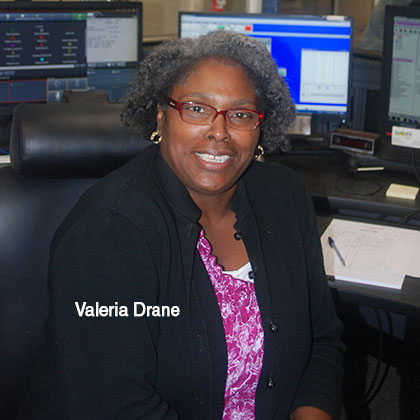
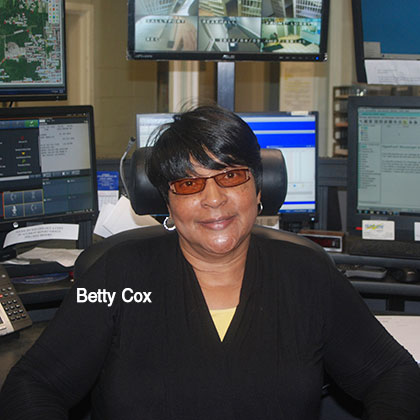
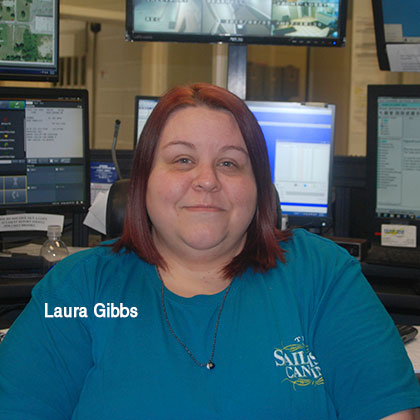
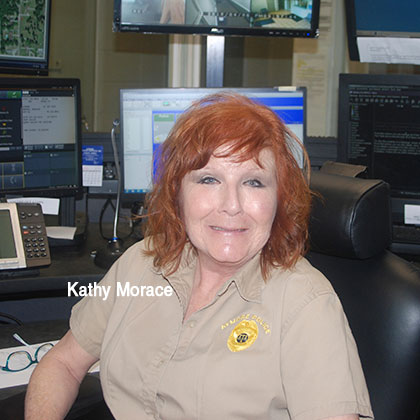
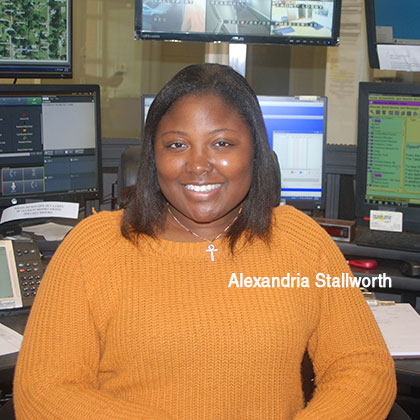
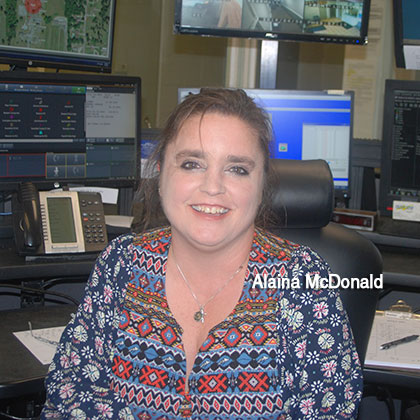

By TOM TSCHIDA
Special to Atmore News
Really, how hard could it be to be a dispatcher? When someone calls because something is missing, you send the police. When the call is about something that is burning, you send the fire department, and of course if someone is hurt, you send an ambulance. Seems like a walk in the park to me … Right?
Well, that’s the idea I had when I stepped into Chief Brooks’ office last spring and said, “Chief, if you train me, I will help you cover the phones when a dispatcher is sick or on vacation.”
Chief Brooks leaned back in his chair and asked me what I knew about dispatching. What I now know is that I knew NOTHING about what happens at the dispatch terminal when a call comes in.
April 8-15 is National Public Safety Telecommunications Week. This week was adopted by Congress in 1981 to honor those, the unseen heroes, who spend 8 to 12 hours a day dealing with every kind of human tragedy that today’s society encompasses.
The dispatchers in Atmore not only answer the 911 lines, but the non-emergency lines and administrative lines as well. They dispatch fire, police, EMS, call for wreckers, coordinate landings for LifeFlight, communicate with Alabama Power during fires, state patrol during accidents, Escambia County Sheriff for calls out of Atmore’s jurisdiction, and DHR if children are in danger. What is Atmore known for? Trains. Yep, that’s right! If a crossing gate malfunctions, who do you think informs the railroad? Your dispatcher, of course! Each dispatcher works with six computer screens, each with its own purpose, yet essential to this job.
What about the calls? Escambia County dispatchers answered and managed 32,484 911 emergency calls in the year 2017. “911, where is your emergency?” is the way all of the calls begin. From there, no two calls are the same. “HELP! Someone is trying to break down my door.” “My brother is lying on the floor! I don’t think he is breathing! I think he is DEAD! Get some help here NOW!” “I don’t know what happened. I was cooking supper, and the next thing I know, the kitchen was on fire. Hurry!” And then there are the on
es that you will never forget. The sound of children screaming in the background. The verbal exchanges and dialogues associated with domestic abuse. The desperation in the voice of someone whose life will never be the same again as fire rages through their home as they wait for help to arrive. The sorrow in the voice of the elderly man desperately awaiting the arrival of the ambulance as he holds his wife in his arms for what you know is the last time.
You see, I had no idea what it meant to be called a 911 dispatcher, but I can say that I am proud to be part of this group of unseen heroes. Chief Brooks refers to the heroes you see in these pictures as “The Quarterbacks of Public Safety. Nothing moves until they call the play.”
Stop by the station, and say “Hello.” Let them know you support “The calm voice on the other end of the line.”
Atmore’s dispatchers with date of hire:
Valeria Drane, September 1995
Betty Cox, September 1997
Laura Gibbs, June 2012
Kathy Morace, March 2014
Alaina McDonald, July 2017
Alexandria Stallworth, February 2017
Tom Tschida, April 2017
Samantha Bennett, December 1998, fills in when needed.
